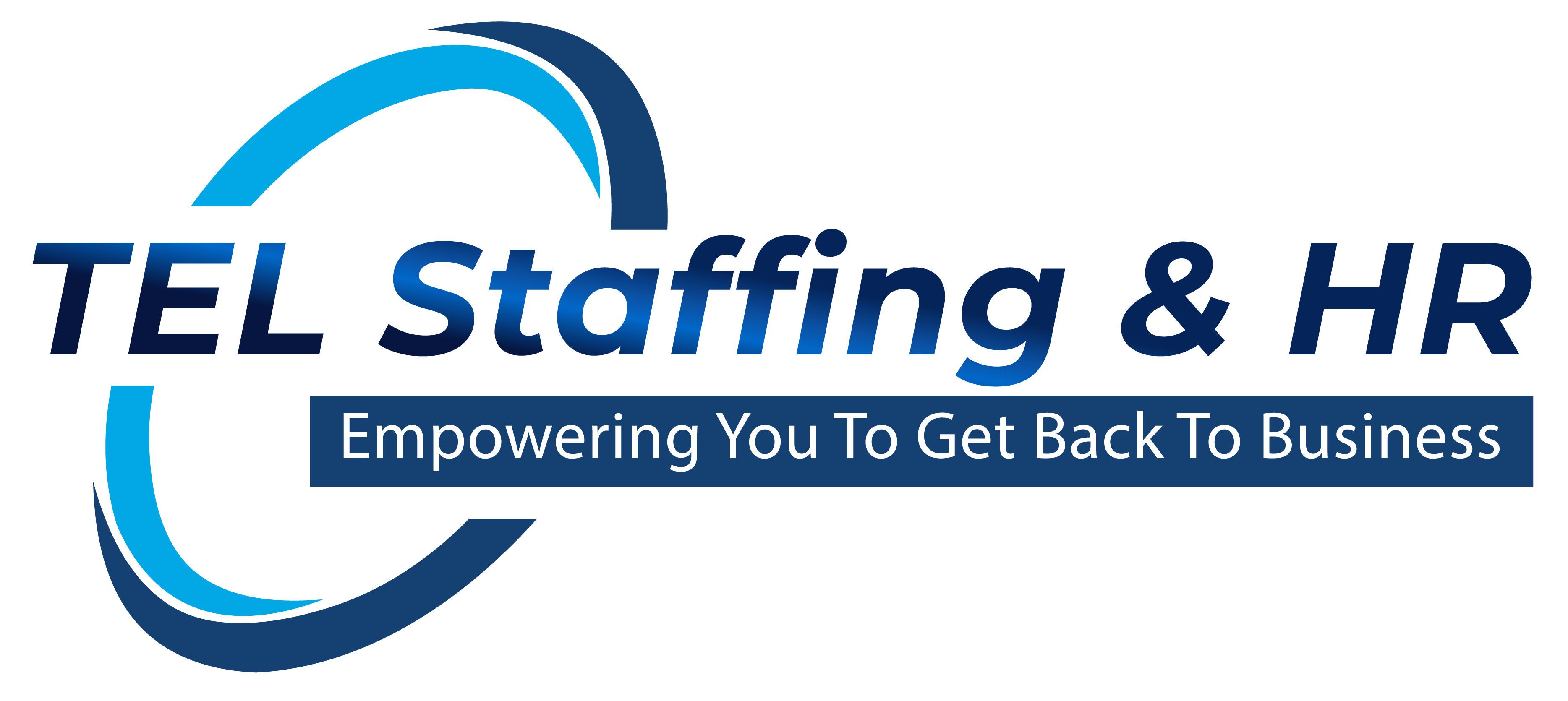(If You Can’t Remember, It’s Probably Time)
For many businesses, the employee handbook is a “set it and forget it” document—written once, reviewed… maybe, and then left in a drawer or buried on the company drive.
But here's the truth: an outdated handbook can quietly put your business at risk. And in Q3, when operations get stretched and teams lean harder on policies for clarity, that dusty document can come back to haunt you.
At TEL Staffing & HR, we've reviewed handbooks that were missing harassment policies, classified exempt employees incorrectly, or still referred to policies from three CEOs ago. And it's not just small businesses—this happens everywhere.
So, when did you last audit your handbook? Let’s walk through what matters most, what’s changed recently, and how a simple audit now can save you major headaches later.
Why an Annual Review Isn’t Optional Anymore
Federal, state, and local employment laws change more often than most business owners realize. If your handbook hasn’t been updated in the last 12–18 months, there’s a good chance you’re out of step with at least one important area.
Outdated handbooks can lead to:
- Compliance violations (wage laws, leave policies, harassment prevention, etc.)
- Inconsistent enforcement of policies across departments
- Confusion or disputes between management and employees
- Vulnerability in legal situations (handbooks are often used in court)
 And even beyond compliance, your handbook reflects your leadership and culture. If it reads like it was written in 2015, that’s what your team will assume about your business too.
And even beyond compliance, your handbook reflects your leadership and culture. If it reads like it was written in 2015, that’s what your team will assume about your business too.
6 Critical Areas to Review Right Now
If you’re short on time (and who isn’t), here are the top sections worth auditing before you move into Q4:
- Wage & Hour Compliance
Ensure your policies reflect current minimum wage laws, overtime rules, and meal/rest breaks—especially if you operate in multiple jurisdictions.
- Remote & Hybrid Work Policies
Do you clearly define expectations for remote employees, technology use, availability, and reimbursements? These are common gaps we see.
- Leave Policies
Make sure your PTO, sick leave, and any FMLA-related language reflects up-to-date legal requirements and internal practice.
- Anti-Harassment & DEI Language
These sections need to be clear, inclusive, and legally sound. Make sure reporting procedures are actionable, and your language aligns with current standards.
- Disciplinary Procedures
Vague or overly rigid processes can lead to inconsistent enforcement—or legal blowback. You want clarity and flexibility.
- Technology & Confidentiality
With increased cybersecurity risks and remote tools, ensure your policies around device use, passwords, data, and confidentiality are current and enforceable.
It’s Not Just About Policy—It’s About Culture
Your employee handbook isn’t just a compliance tool—it’s a culture document.
It tells new hires what kind of company they’ve joined. It tells existing employees what they can count on. And it tells leaders how to make decisions when things get messy.
When your handbook is aligned with how your business actually runs, you get:
- Faster decision-making
- Clearer communication
- Stronger legal protection
- And yes—less drama
Don’t Want to DIY It? That’s Where TEL Comes In.
At TEL Staffing & HR, we don’t just manage handbooks—we help build them into tools that support your entire team. Whether you need a quick compliance review or a full rewrite, we take the guesswork out of what to include (and what to avoid).
We’ve helped businesses of all sizes:
- Translate legal updates into plain-English policies
- Customize handbooks to reflect real culture—not boilerplate copy
- Avoid costly missteps with policies that weren’t enforceable in court
- Turn forgotten PDFs into living, breathing playbooks

Header Photo by Kelly Sikkema on Unsplash



